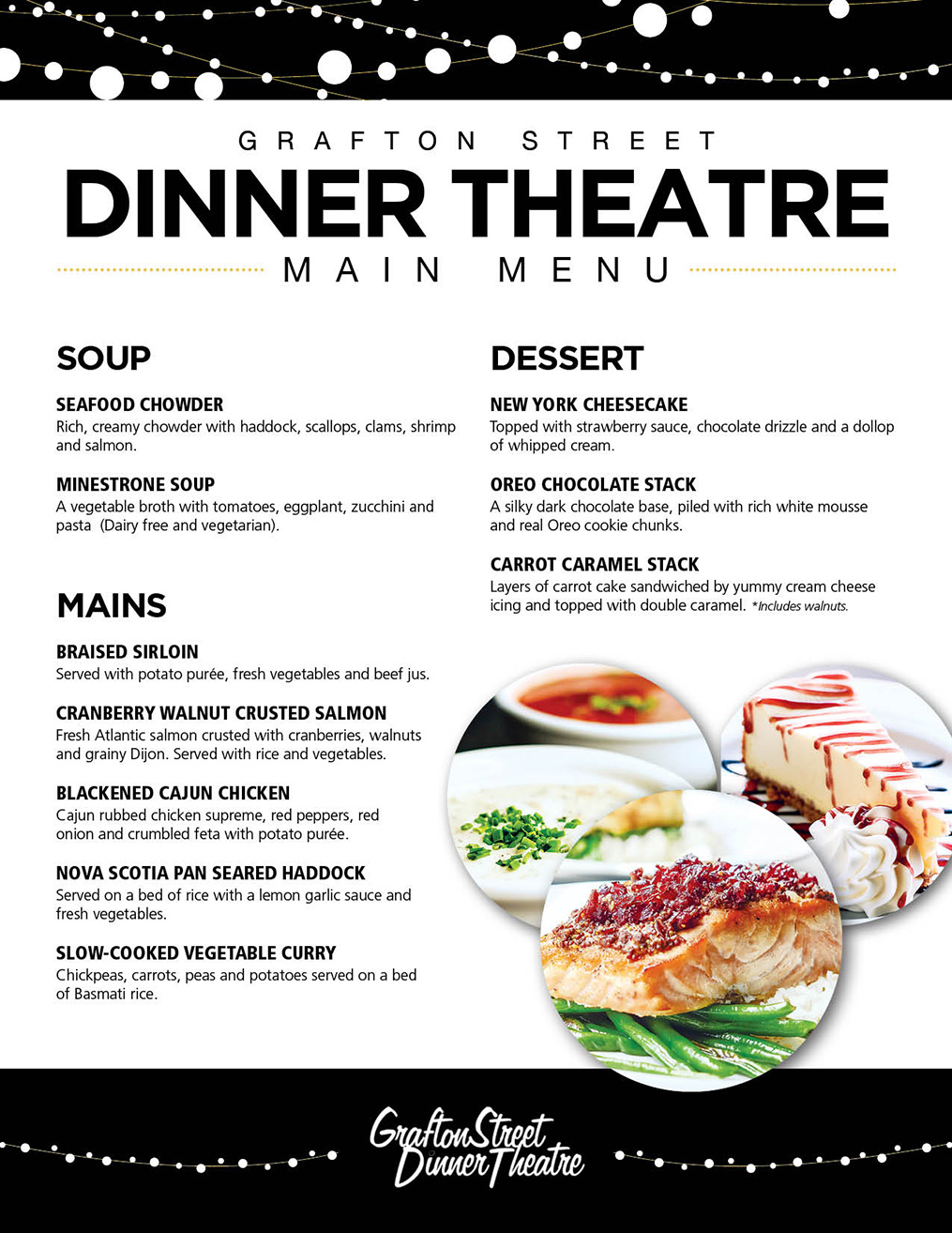The main menu is a fundamental aspect of any application, website, or digital product. It serves as the primary navigation tool, guiding users through various sections and functionalities. A well-designed main menu enhances user experience by making it easy to find information or complete tasks efficiently. Whether you're a designer, developer, or a casual user, understanding the importance and components of a main menu is essential for navigating the digital landscape.
In the world of user interface design, the main menu can significantly influence how users interact with a product. It acts as a roadmap, directing users to various features and content. The layout, organization, and clarity of the main menu can either make or break the user's experience, leading to frustration or satisfaction. This article will delve into the key aspects of a main menu, providing insights into its design, functionality, and best practices.
Furthermore, we will explore different types of main menus and how they can be tailored to suit various applications and websites. By examining common pitfalls, innovative designs, and user preferences, this guide aims to equip you with the knowledge needed to create or enhance a main menu effectively. So, let's dive into the world of main menus and discover what makes them tick!
What is a Main Menu?
The main menu is a graphical user interface element that provides a structured way for users to navigate through a system's features and functionalities. It typically appears at the top or side of a webpage or application and consists of various items that link to different sections. A well-structured main menu is not only user-friendly but also crucial for the overall aesthetic and usability of the interface.
Why is the Main Menu Important for User Experience?
The importance of the main menu in user experience cannot be overstated. Here are some reasons why:
- Guides users efficiently through the content.
- Helps reduce bounce rates by keeping users engaged.
- Enhances accessibility for all users, including those with disabilities.
- Promotes a clear understanding of the site's structure.
How to Design an Effective Main Menu?
Designing an effective main menu requires careful consideration of several factors:
- Clarity: Ensure the menu items are clearly labeled and relevant.
- Organization: Group related items together to enhance navigation.
- Consistency: Maintain uniformity in style and placement across pages.
- Responsiveness: Design the menu for various devices and screen sizes.
What Are the Common Types of Main Menus?
There are several common types of main menus that designers can choose from:
- Horizontal Menu: Typically located at the top of the page, displaying items in a single row.
- Vertical Menu: Positioned on the side, offering a list of items that can be expanded or collapsed.
- Dropdown Menu: Allows users to hover or click to reveal additional options.
- Hamburger Menu: A compact icon that opens a menu when clicked, often used in mobile designs.
How Can the Main Menu Impact SEO?
The main menu can significantly affect SEO in various ways:
- Site Structure: A logical menu structure helps search engines crawl your site effectively.
- Keyword Optimization: Including relevant keywords in menu items can improve search rankings.
- User Engagement: A well-designed menu keeps users on the site longer, reducing bounce rates.
What Are the Best Practices for Main Menu Accessibility?
Accessibility is crucial for creating an inclusive user experience. Here are some best practices for making your main menu accessible:
- Keyboard Navigation: Ensure all menu items can be accessed using a keyboard.
- Screen Reader Compatibility: Use appropriate ARIA labels to assist visually impaired users.
- Contrast and Size: Ensure that menu items have sufficient contrast and are large enough to be easily clickable.
Are There Any Common Mistakes to Avoid in Main Menu Design?
When designing a main menu, avoiding common pitfalls is essential. Here are some mistakes to watch out for:
- Overcomplicating the Menu: Too many items can overwhelm users.
- Inconsistent Naming: Using different terms for the same sections can confuse users.
- Poor Mobile Optimization: Neglecting mobile users can lead to a frustrating experience.
How Can User Testing Improve Main Menu Design?
User testing is a critical step in refining your main menu design. By gathering feedback from real users, you can identify pain points and areas for improvement. Here’s how user testing can help:
- Identify Confusion: Users may struggle to locate certain items, highlighting the need for clearer labeling.
- Test Responsiveness: Observing how users interact with the menu on different devices can reveal design flaws.
- Gather Insights: User feedback can provide valuable insights into preferences and behaviors.
Conclusion: The Future of Main Menu Design
As technology continues to evolve, so will the design and functionality of the main menu. Innovations such as voice navigation and artificial intelligence may shape the way users interact with digital products. However, the fundamental principles of clarity, organization, and user-centric design will always remain at the core of an effective main menu.




